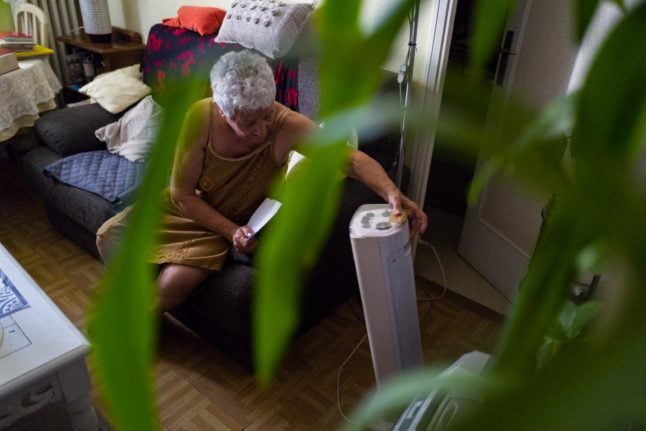On Tuesday, October 11th Spain’s Council of Ministers gave the green light to its ‘Plan for More Energy Security’, a sweeping set of 73 measures that are intended to reduce Spain’s energy consumption by between 5.1 percent and 13.5 percent this winter.
In doing so the Spanish government are not only satisfying rules set out by the European Commission, such as reducing consumption by 5 percent during peak time, but also taking steps to try and further reduce gas and electricity prices domestically.
The measures
The measures are largely focused on energy savings and efficiency, supporting transition to more ecological energy, protecting consumers amid record-level utilities bills, and a commitment to European standards and solidarity.
Speaking to the Spanish press, the Minister for the Ecological Transition, Teresa Ribera, described the plans as necessary steps “to guarantee greater affordability at the price of energy and greater solidarity for with the other Europeans.”
Some of the measures include €500 million set aside in aid to promote energy self-consumption, tax breaks for those that invest in energy transition, discounts for 1.6 million houses with community boilers, and the continuation of the thermal and electricity bonuses to help struggling Spaniards pay their bills.
On top of this, the Spanish government wants to create a greater level transparency for electricity bills, and to expand in more detail the financial impact of the so-called ‘Iberian exception’ on bills. Moving forward, exactly how much this saves consumers will be made clearer on the bill.
Interestingly, the plan does not include any specific reference to hugely the energy-intensive Christmas lighting customary across Spain over the winter months. It does, however, require local government have to analyse their energy consumption and reduce it if it possible.
READ ALSO: Electricity prices in Spain hit record high
Despite its approval by the Council of Ministers, only a handful of the measures included in the plan are known. According to sources in the Ministry of Ecological Transition, the full raft of measures will be outlined in the coming weeks.
Summer savings
The measures come following a previous swathe of energy saving steps approved in August, including limits on temperature (air conditioning at a minimum of 27C in summer and the heat a maximum of 19C in winter) in all in public buildings, cinemas, hotels and public buildings; turning off the lights in shop windows at ten o’clock at night; and the automatic closing of doors.
READ ALSO: Shop lights out and air con set at 27C: What is Spain’s energy saving plan?
Ribera estimates that the summer measures made consumption savings of 4.6 percent in electricity and 3.4 percent in gas, and the government ruled out any gas or electricity cuts or rationing as we head into autumn and winter
With the cooler temperatures closing in, Spain has increased its gas imports by over 12 percent so far this year, stockpiling the highest level since 2008. Gas reserves – both natural and liquefied – are expected to exceed 90 percent capacity in October.



 Please whitelist us to continue reading.
Please whitelist us to continue reading.
Member comments